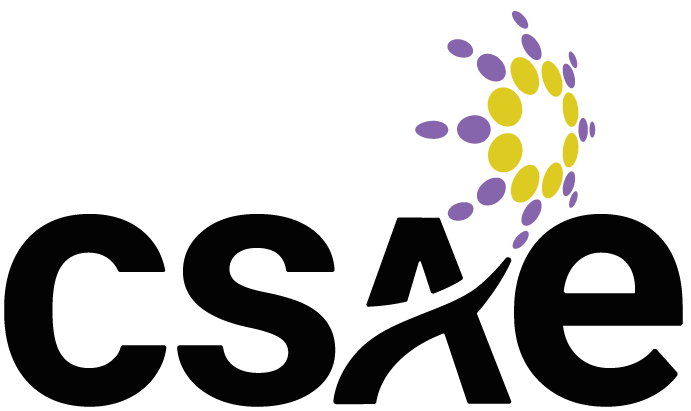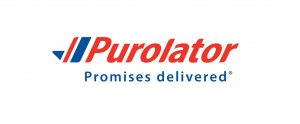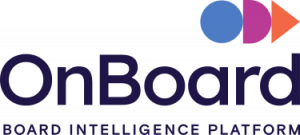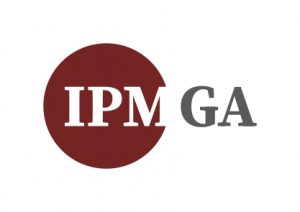Three Huge Time Savers for Your Association’s Next Hire

Speed up your association’s hiring with these three tips.
Ask any association for a list of its biggest headaches and there’s a fairly good chance that hiring new staff will be one of the first things mentioned. According to Brian O’Riordan, who is the registrar at the College of Audiologists and Speech-Language Pathologists of Ontario, “For not-for-profit organizations with no HR staff, having the internal resources to do all of the components of the hiring process in a timely and competent way is a real challenge.”
If your hiring system involves reading reams of resumes, managing an overflowing inbox, and playing phone tag with references, read on for some game-changing tips.
1. Automation is your new BFF
Having Applicant Tracking System (ATS) software gets hiring out of your email inbox and spreadsheets. Instead, everything you need to know about your job postings and candidates gets tracked in an online command centre.
An ATS is designed to make the most out of your time by streamlining administration, keeping you organized, and enabling easy collaboration. Consider some of the time-saving tools available in an ATS:
- Email management with easy-to-use templates and communication tracking for each applicant
- A “progress tracker” that logs every action for each applicant
- Easy inter-staff sharing of potential candidate profiles
- Source tracking that shows which job boards and referral sites are attracting which applicants
No more reading every resumé
Cindy Gonsalves, director of finance and operations for the Consulting Engineers of Ontario, remembers the very last time she tried to sift and sort through resumes manually, and those memories aren’t fond ones.
“I had over 300 resumes to review for an administrative assistant position that we were trying to fill. Things started out well, but when you’re trying to scan that many manually, it doesn’t take long before all the resumes start to look the same,” she says.
Popular job sites like Indeed and LinkedIn have made it easier than ever to apply for jobs in just a few clicks. The downside is that the percentage of completely unqualified candidates applying for jobs is on the rise.
Sorting through all those resumes isn’t only incredibly time-intensive — numerous studies have shown that manual resume screening is one of the least effective methods of evaluating candidates. Resumes don’t contain all the information you need to predict whether the person is a good fit for the job.
Having applicants complete an online screening assessment is the best way to automatically screen candidates for the factors that you have identified as being important for success in the position.
Some assessment tools allow you to combine minimum eligibility criteria as well as questions that will score candidates on a variety of factors like skills, experience, education, certifications and even personality traits. The result is an apples-to-apples comparison of all your candidates and a scoring system that lets you focus on the top of the crop.
Touting this approach, Cindy says, “By using the applicant assessment, you can go onto the system on a daily basis and every application has been pre-sorted for you, so you can spend your time focusing on only the very best candidates.”
2. Screen before face-to-face
In-person interviews can take a great deal of time to coordinate and execute. If you’ve been going straight from resume to interviews, it’s time to add a step that will save you hours. A screening phone call will help you quickly identify if it’s worth investing the time in a face-to-face meeting.
To take the time savings up another notch from traditional phone screening, consider recorded video screening. Video screening allows you to record a series of questions for shortlisted candidates. Those candidates then receive a playback of your questions and record their responses on their own time. When the questions are completed, the interview is saved and available for you and anyone on your team to review at a convenient time.
Having an outside partner conduct your screening is another great time-saving option.
In any association, big or small, it takes time to screen properly. The saying goes, “hire slow and fire fast” — and it really does take a lot of time to do the screening stage right. To have the tools and the people to support you through that is valuable.
3. Capitalizing on your need for speed
Putting systems and supports in place to help you save time in your association’s hiring efforts will do more than win you back time. It will also help ensure your association secures the best candidates. In a tight labour market, when strong candidates are left hanging too long, they may accept another offer.
Streamlining hiring has helped Brian O’Riordan build a top-tier team at the College of Audiologists and Speech-Language Pathologists of Ontario, “One of the major advantages of using a third-party recruitment resource has allowed us to make our decisions and have a process that is much, much faster. You’re not leaving your candidates waiting and you’re able to get back to them fairly quickly and ultimately fill your positions faster than you would if you were trying to do the whole thing yourself.”
In deciding whether to implement time-saving hiring tools independently or with outside support, it is important to factor in the value of your own time. Smaller associations may feel that they don’t have the resources to rely on an outside hiring partner to help them, but factoring in the number of hires and the amount of time required of the internal team in recruitment efforts, can make a third-party recruiter a smart option to consider.




















